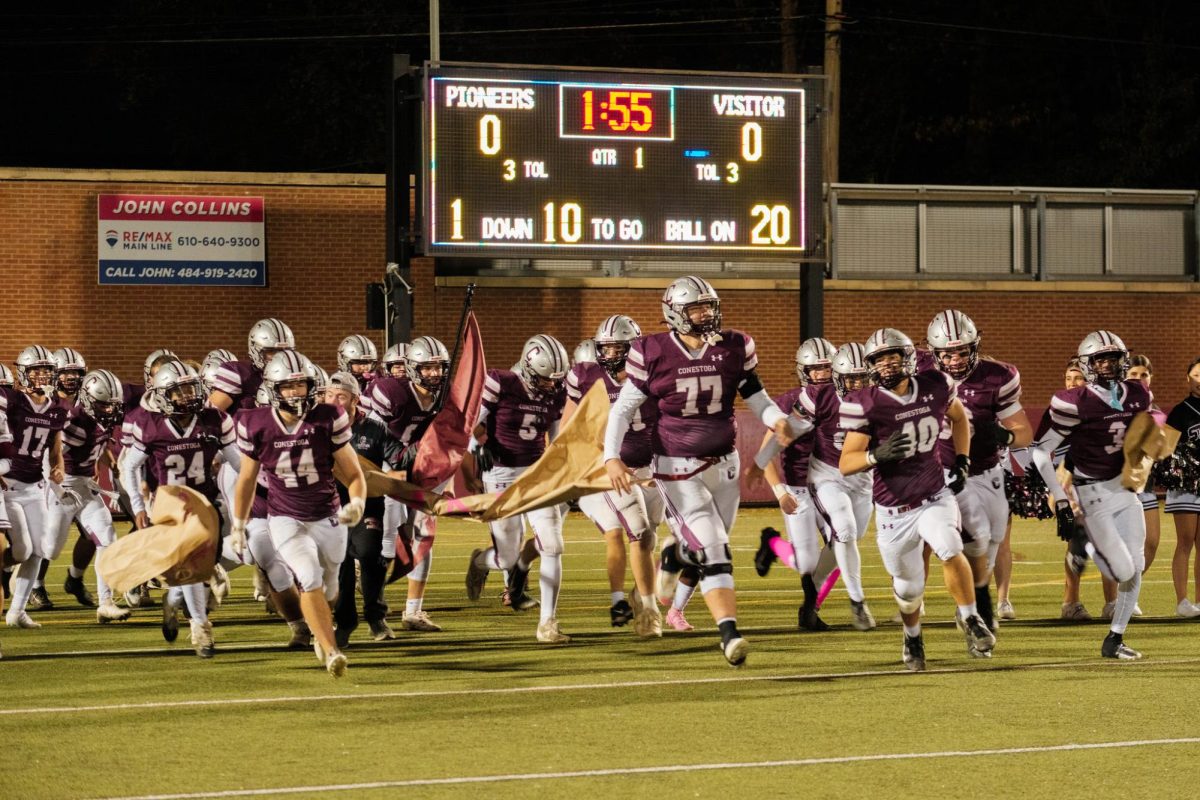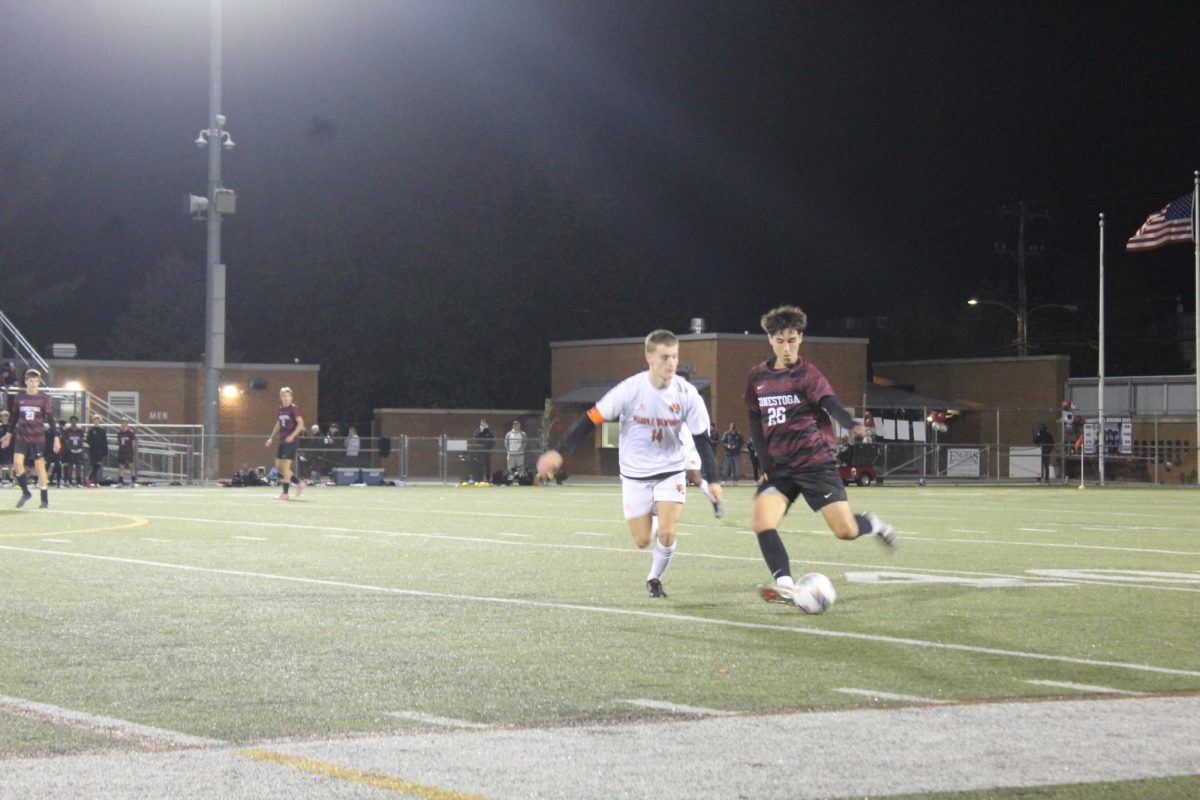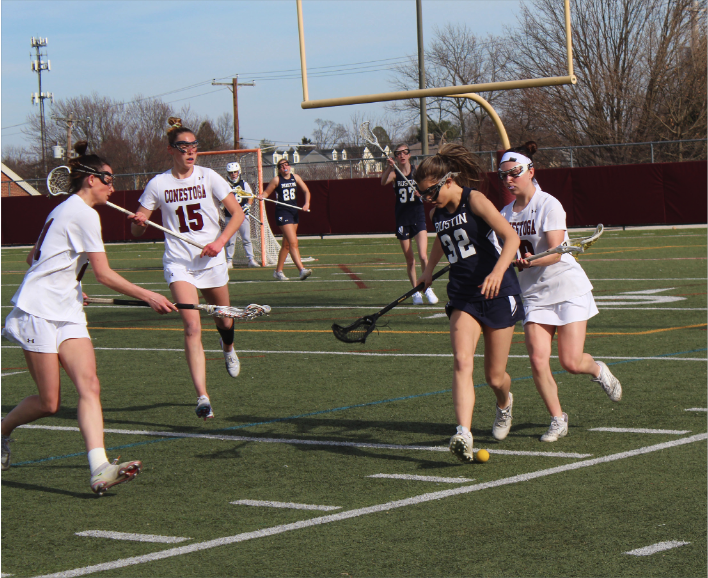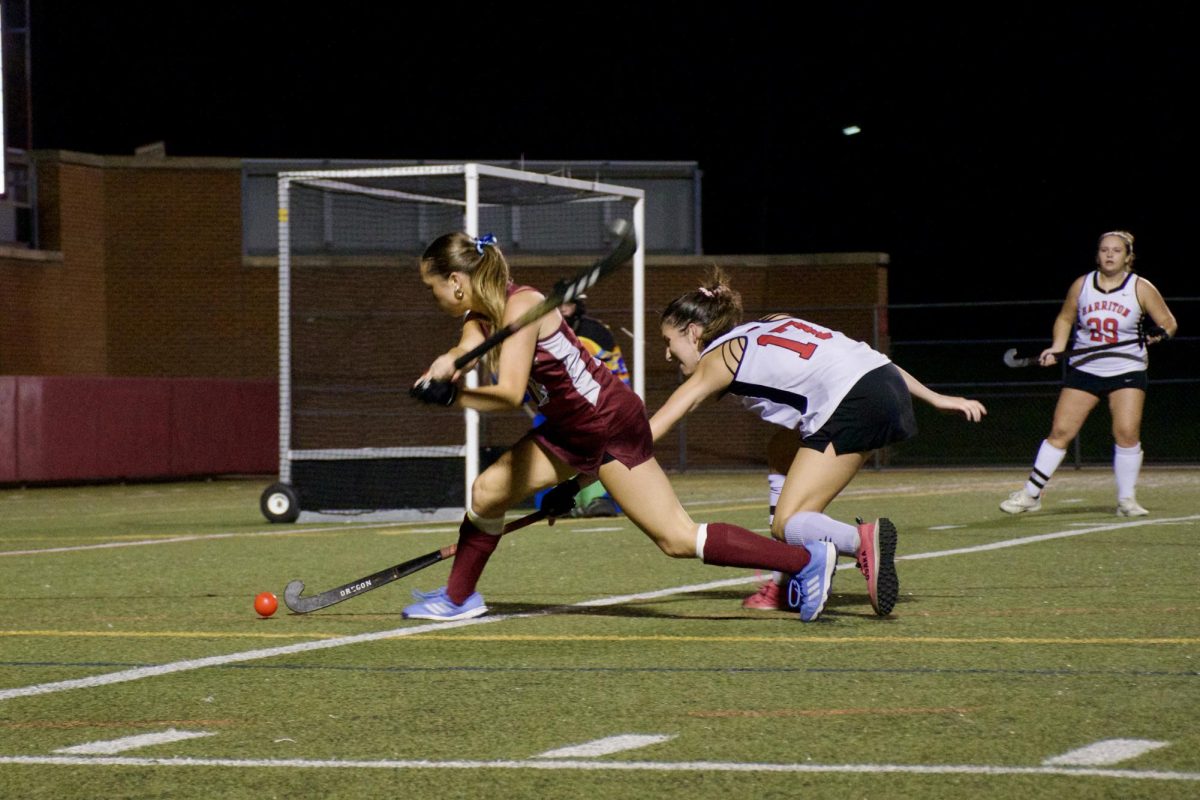By Madeline Pulliam, Staff Reporter
Thousands of female athletes’ seasons are cut short due to anterior cruciate ligament (ACL) injuries every year. According to Stanford Medicine, there are an average of 250,000 ACL injuries annually in the United States. Furthermore, according to Yale Medicine, women are two to eight times more likely to tear their ACL than men.
“Women are more likely to tear an ACL than a man due to our body makeup,” said Dr. Mikaela Smith, a physical therapist at Elemental Sports PT. “One of the things is that females are more quad dominant than dominant in their hamstrings, so we need to strength train in order to make sure all muscles are working properly.”
The ACL is the ligament in the knee that stops the tibia from sliding up and over the femur. It is a strong ligament, but not flexible. Minor ACL sprains can heal on their own with regenerative medicine therapy, but a full tear requires surgery and a six to 12 month recovery period. Senior and varsity lacrosse player Cassidy Brown fully tore her ACL in 7th, 8th and 9th grades. Despite her injuries, she is still committed to play Division 1 lacrosse at Temple University next year.
“The biggest challenge is probably regaining your confidence. It is definitely scary returning to playing a sport because before it was all you knew, and (injuring yourself) is obviously on your mind,” Brown said. “I think if you work on really becoming stronger, both physically and mentally, then that will really help you on the field.”
Women are also more prone to an ACL injury because of their anatomical and hormonal differences. The female pelvis is wider than the male pelvis which factors into the mechanics of both the femur and the tibia. Female bodies place more stress on the soft tissues supporting the joints, while men have more muscle mass around their knees than women, giving them more support.
“I wouldn’t say it is preventable, but there are definitely ways that you can (increase) your likelihood of tearing your ACL. I think a lot of it has to do with genetics, especially in female athletes. The way our knees and hips are aligned make it super common for females to tear their ACL,” Brown said.
Secondly, at different stages of the female menstrual cycle, the hormones relaxin, estrogen and progesterone are released. According to the National Library of Medicine, the release of these hormones can affect the integrity of the ACL and weaken the ligament. Additionally, there are receptor sites of these hormones around the ACL.
Other things can affect the likelihood of tearing the ACL such as the way a person stands, putting all weight on one leg, the position in which a person sleeps in and even the shoes someone wears. Training year-round and strengthening the core can help prevent ACL tears. Smith said that, although it is not specific medical advice, it is general information to help prevent these injuries.
“The biggest thing is strength training, and also working on your coordination,” Smith said. “Strength training can include squatting and lunging. Working on coordination can be standing on one leg.”
If athletes do not let themselves fully heal before returning to their sport, more damage can be done to elongate their recovery. Brown reminds athletes to stay positive and fully heal before returning to the field or court.
“It is really easy in the beginning to become very upset seeing all your teammates participate,” Brown said. “What truly got me through was staying positive and determined, and just knowing in the end, (the injury) is going to make you a stronger person and athlete.”
Madeline Pulliam can be reached at [email protected].





















































































